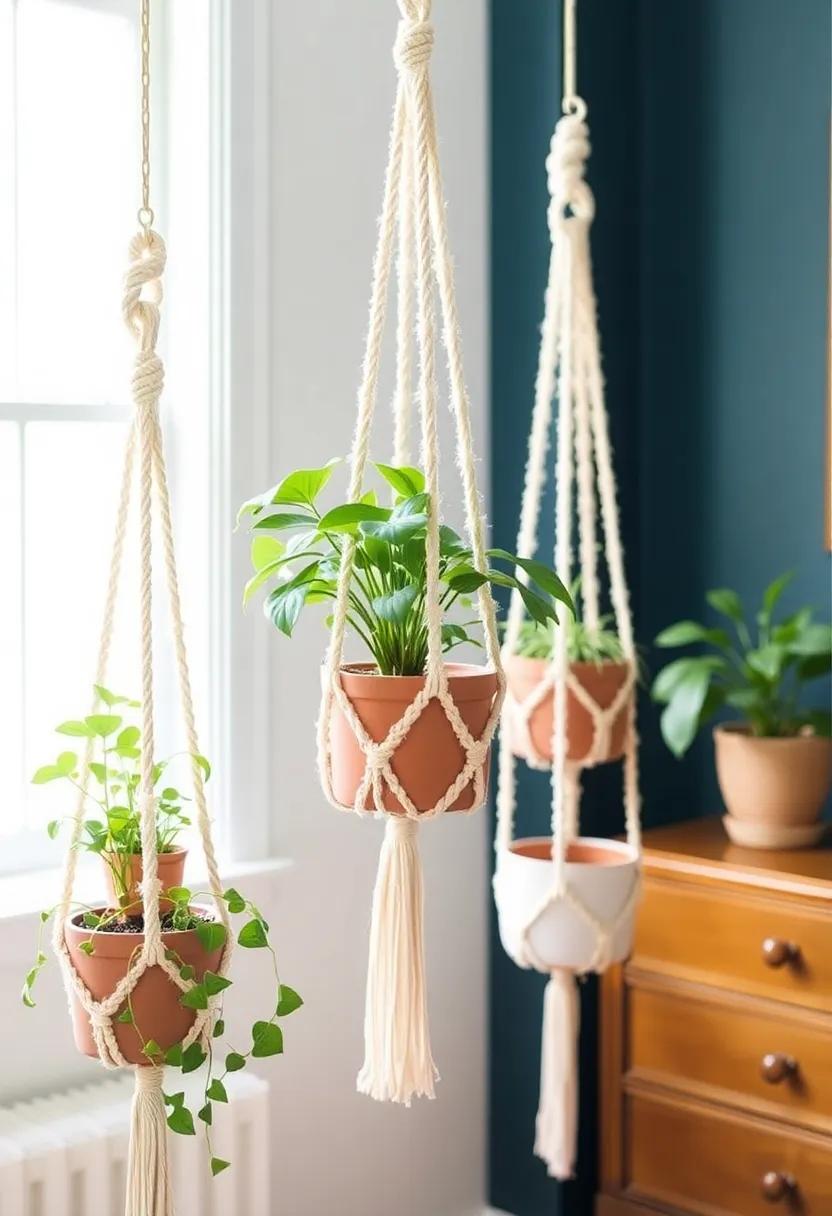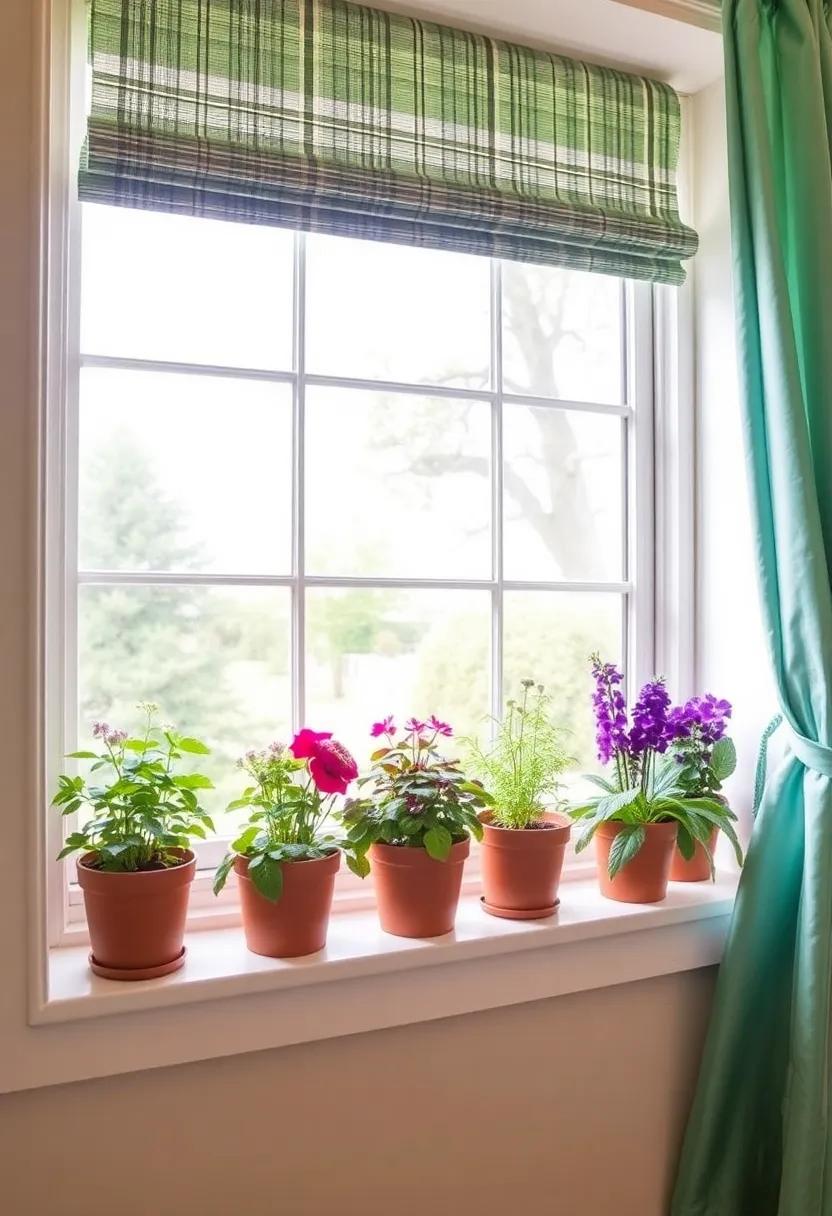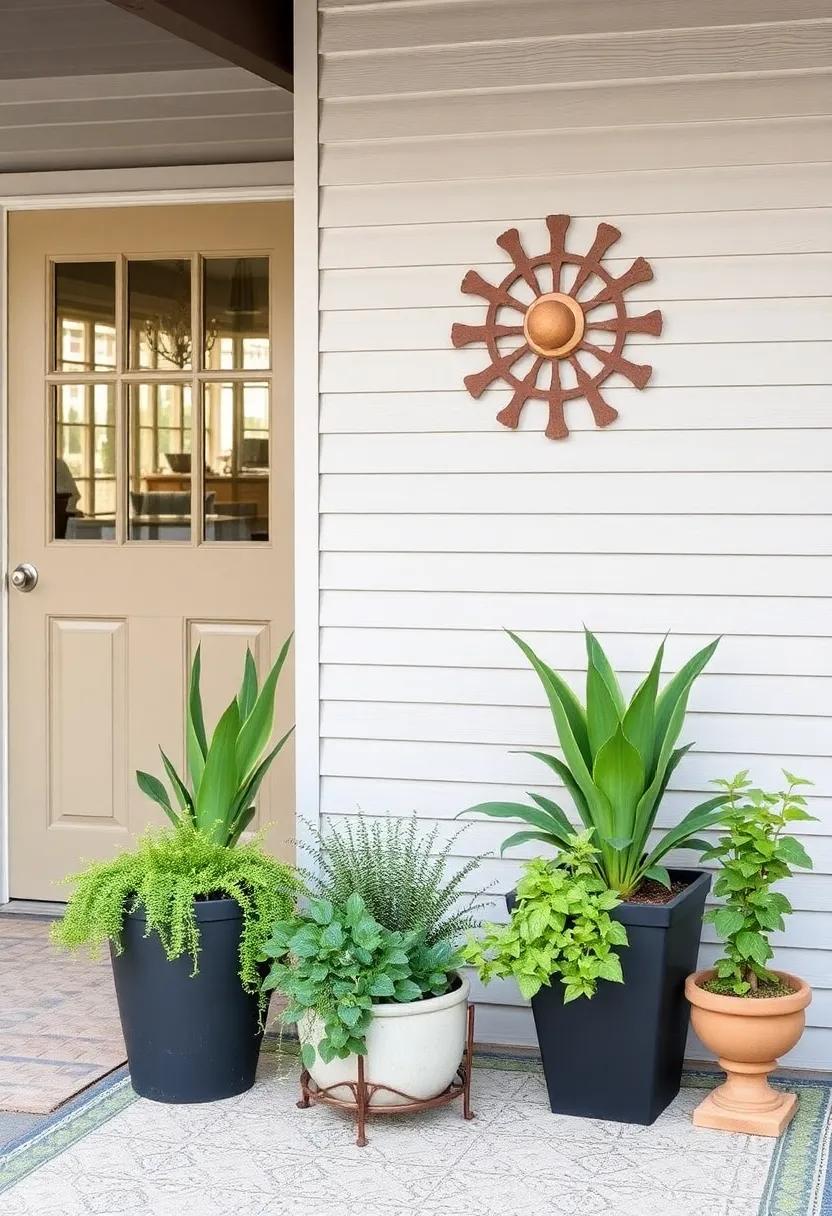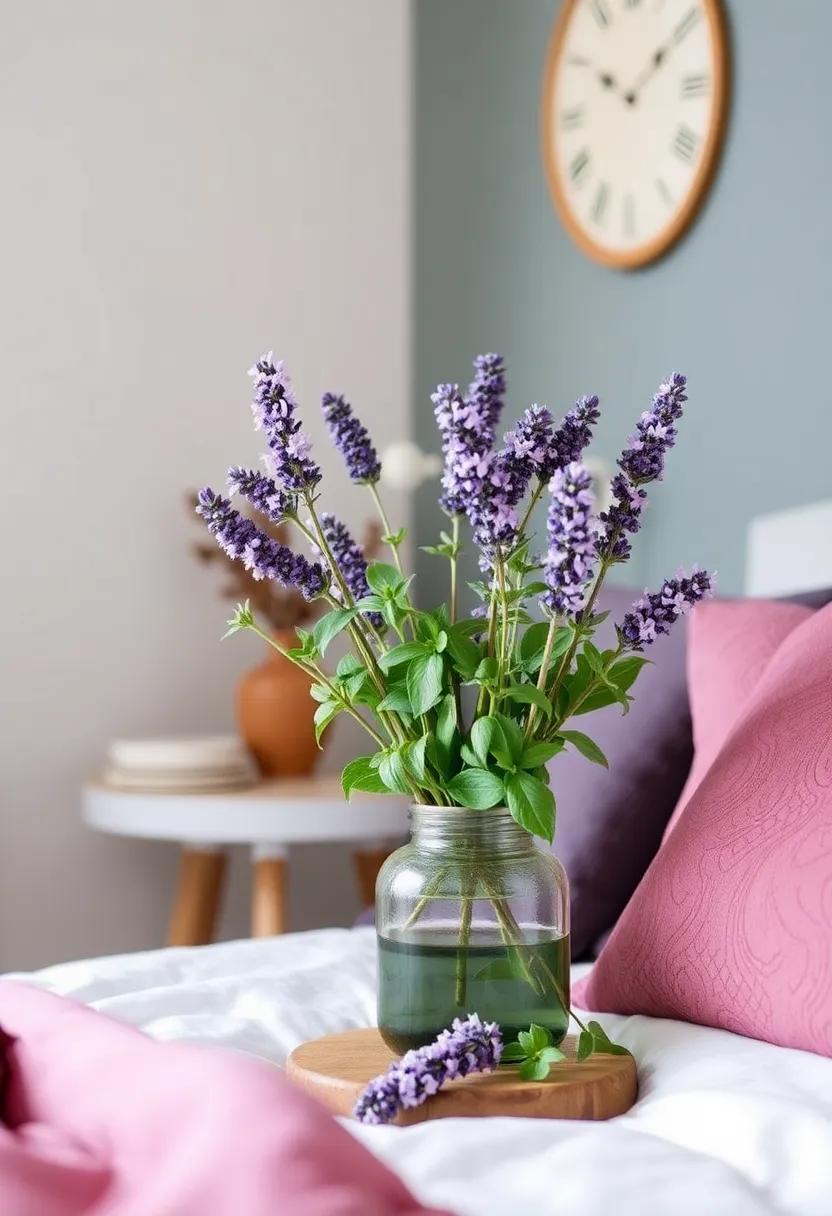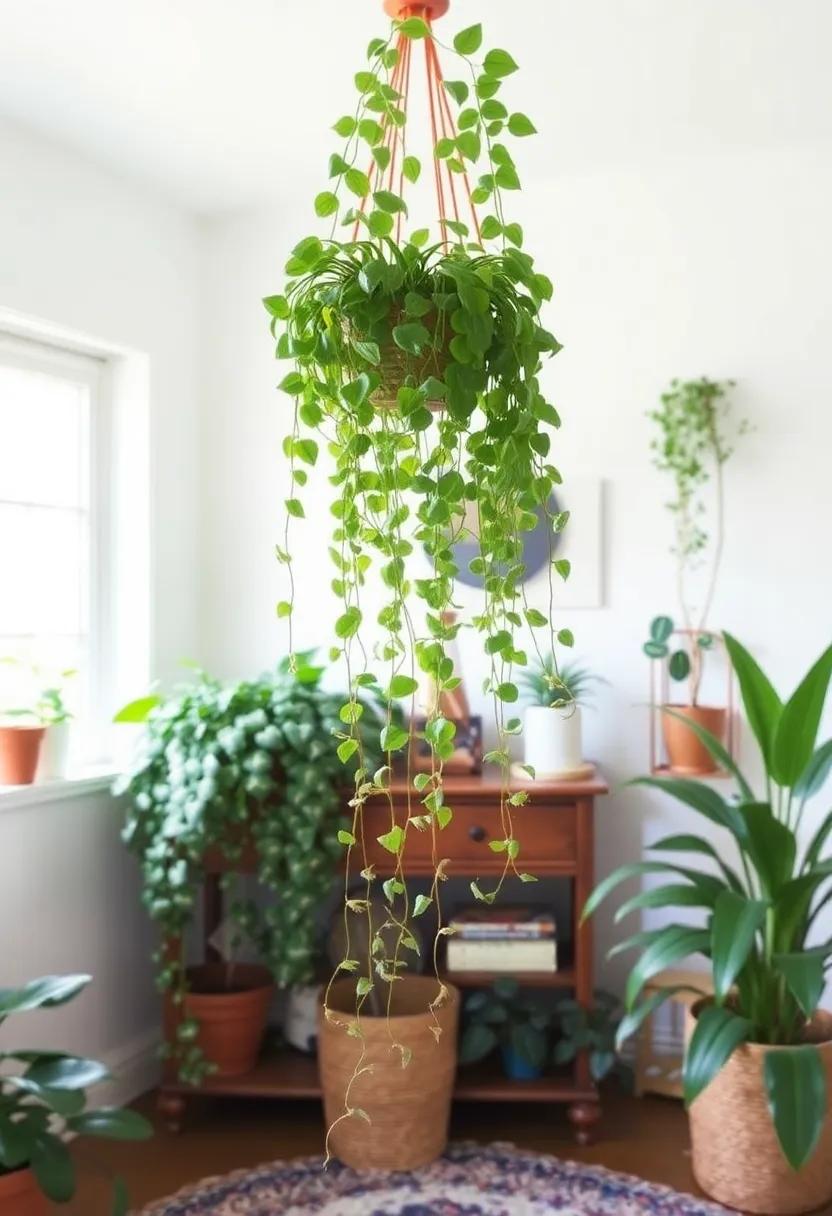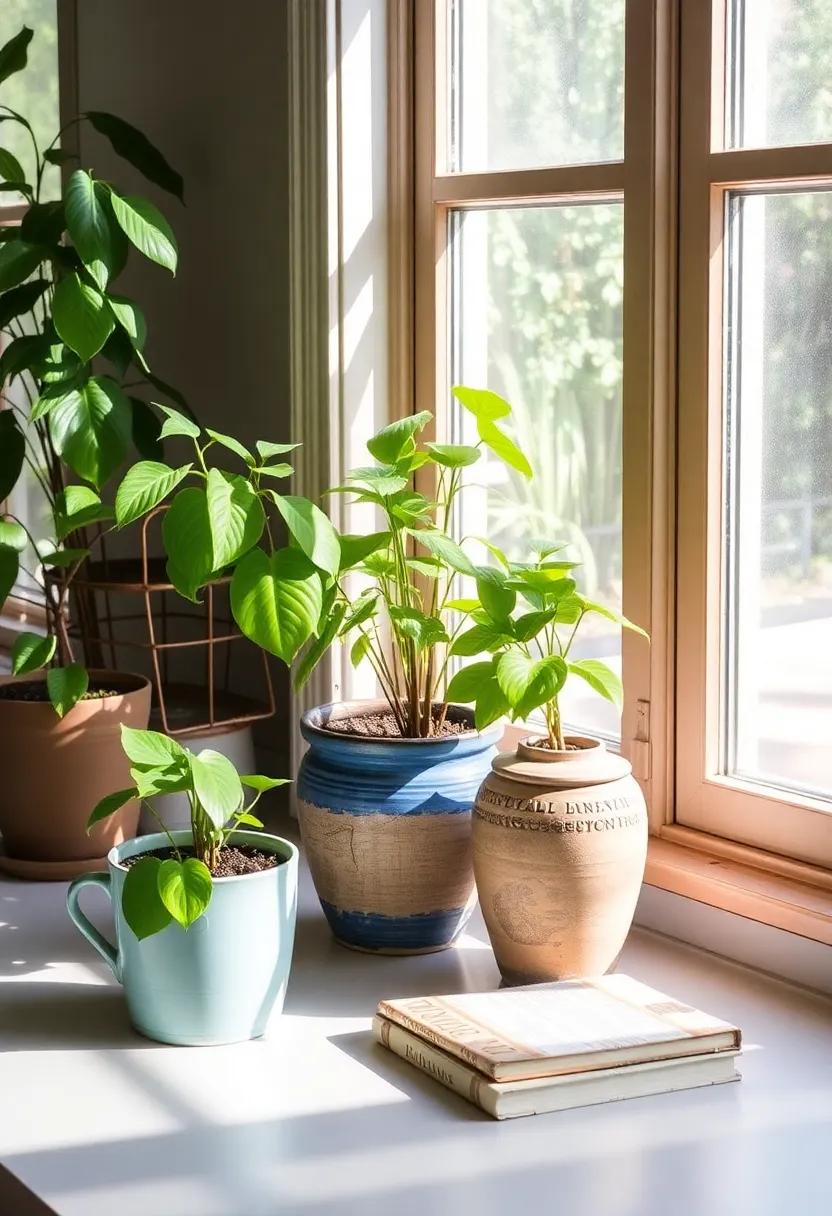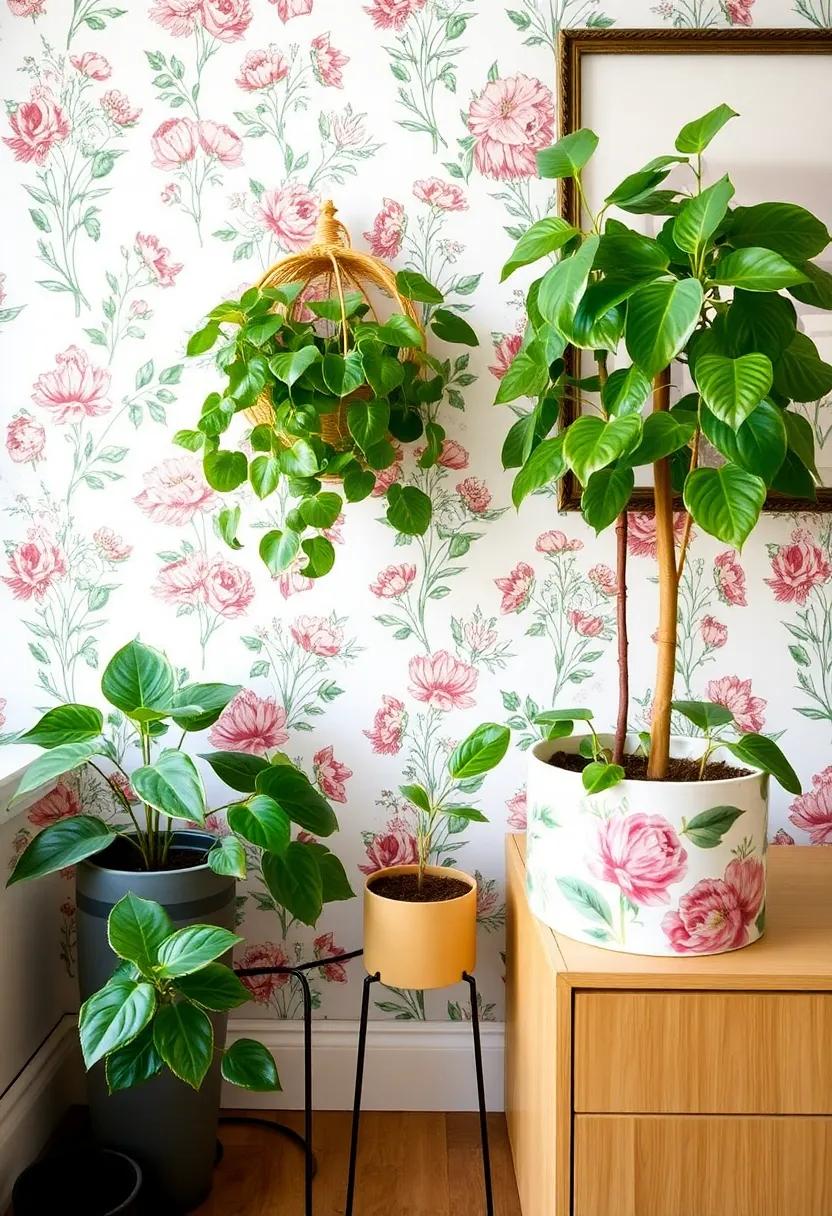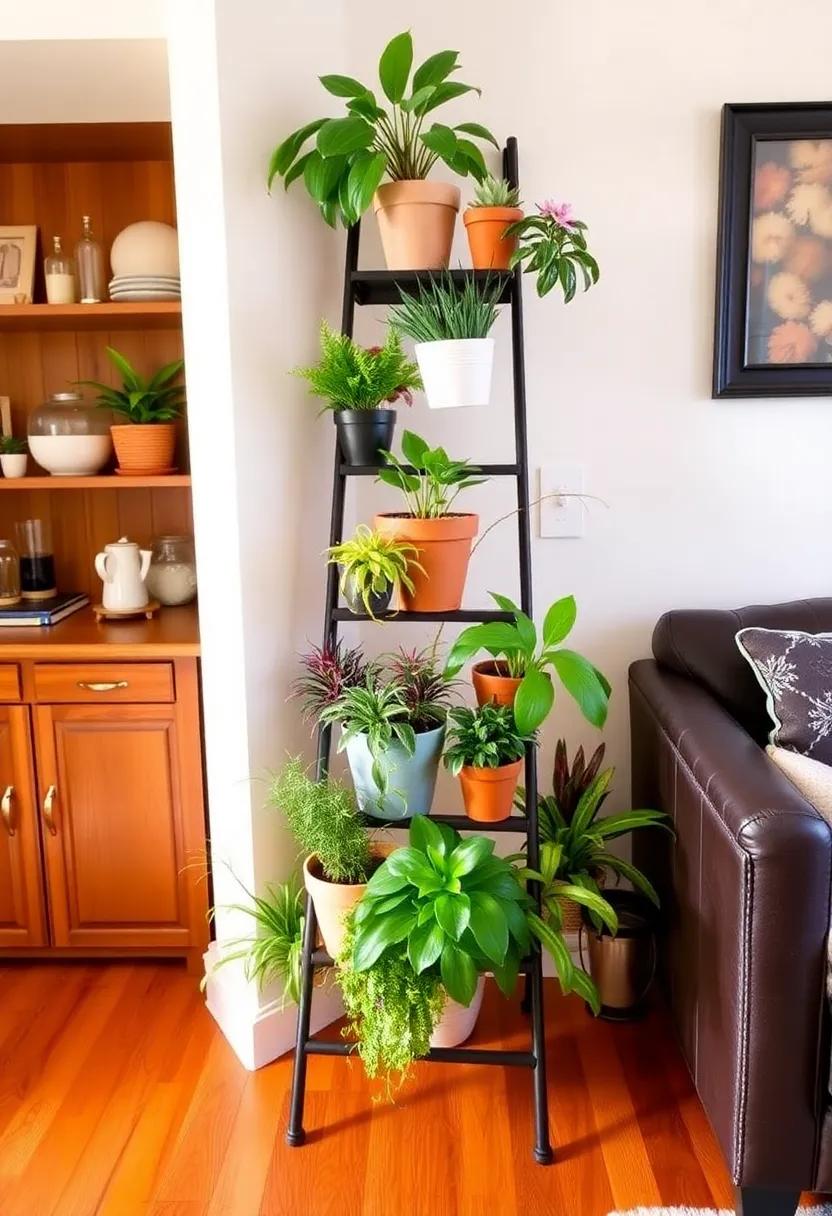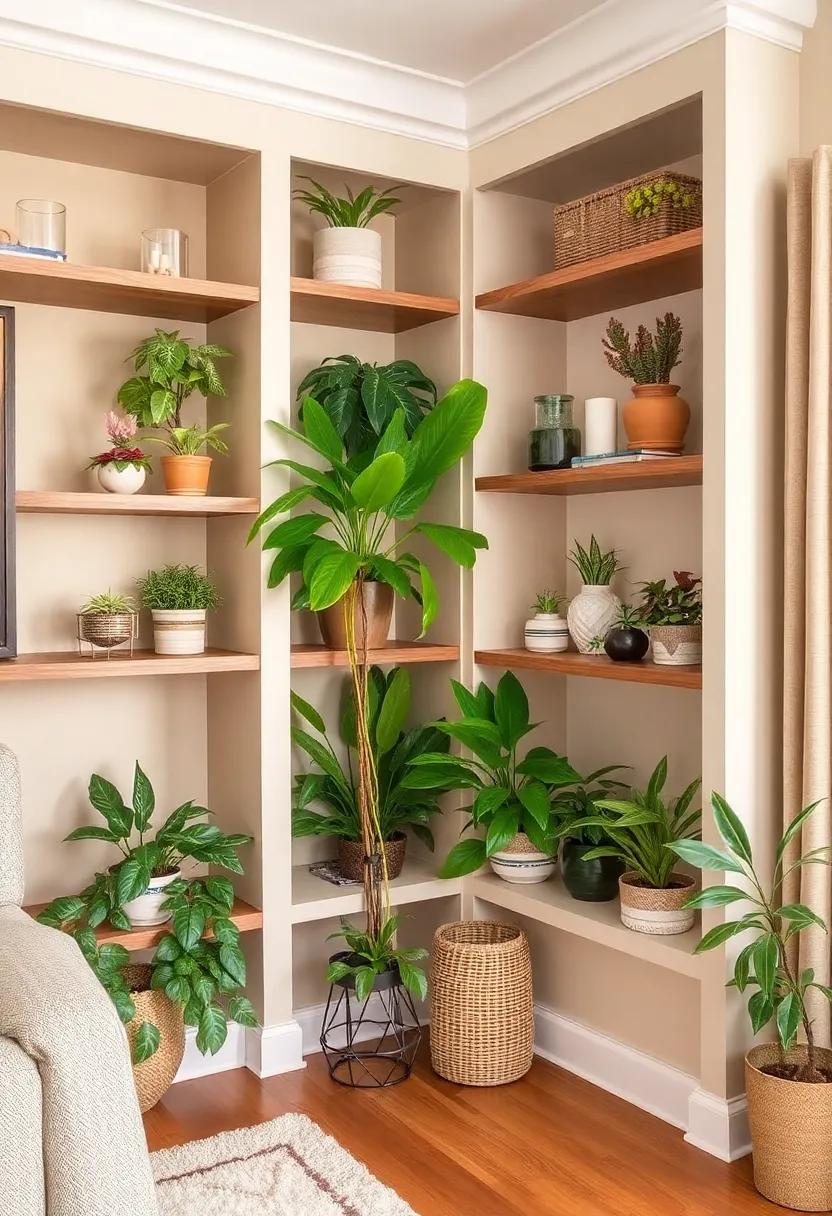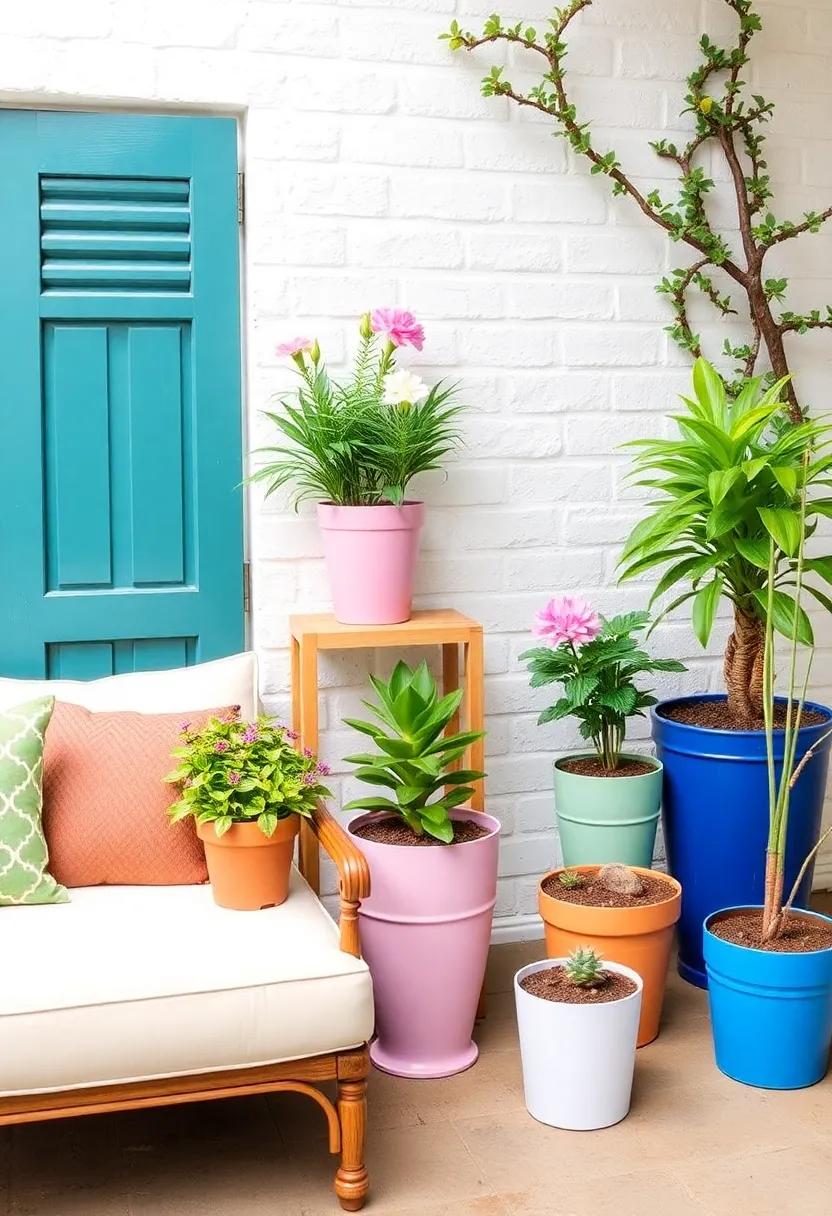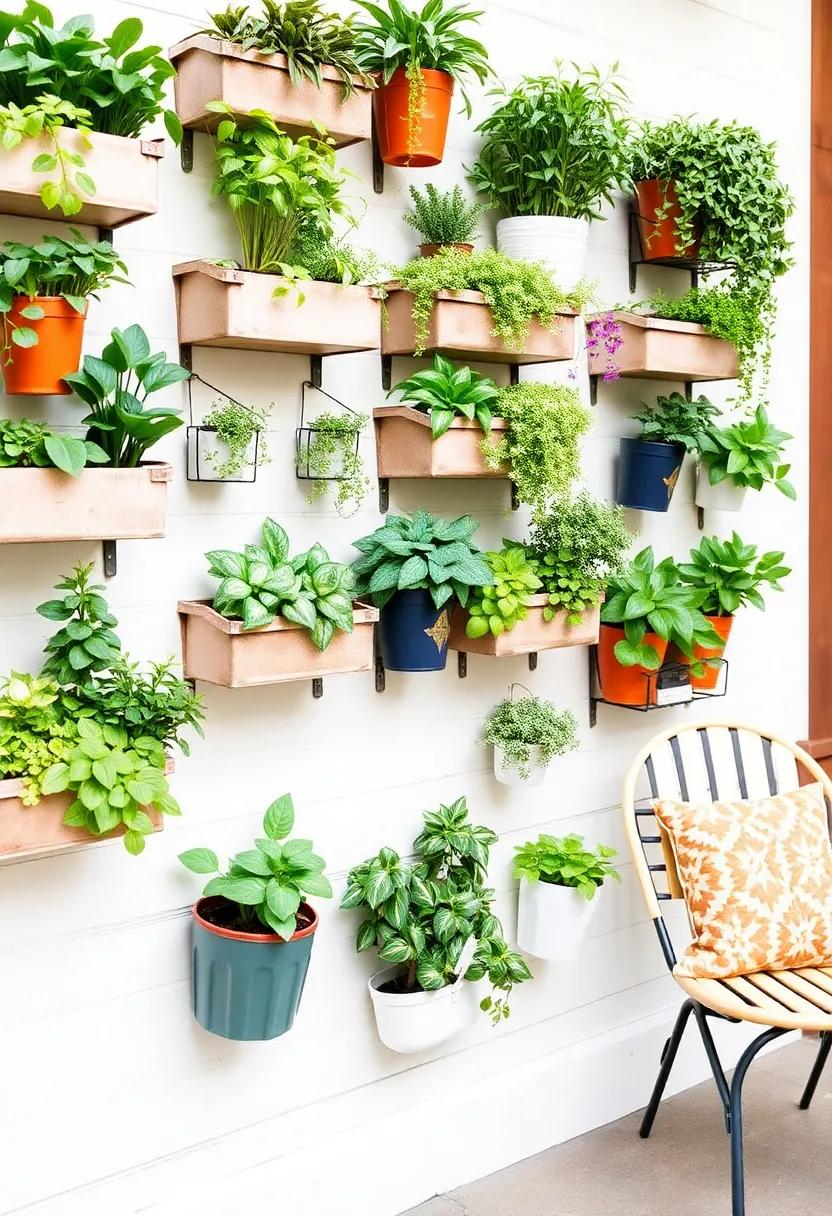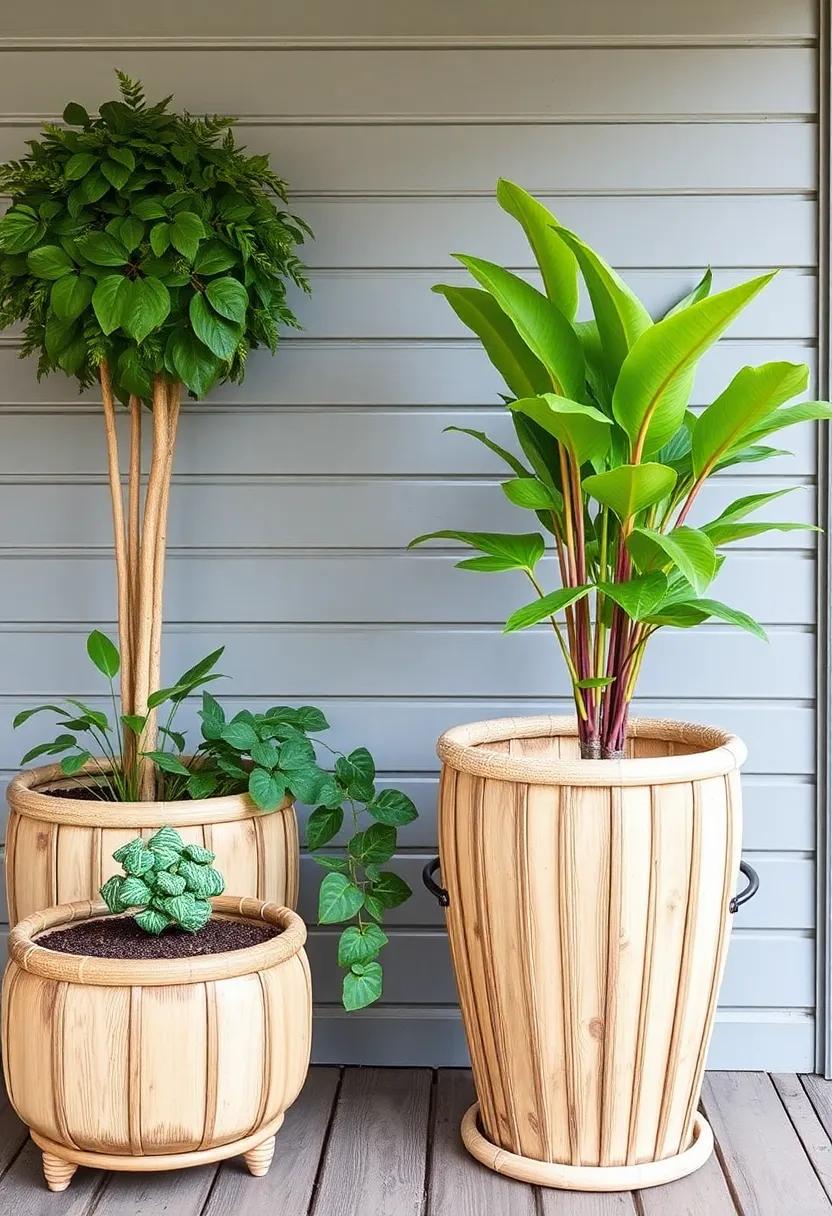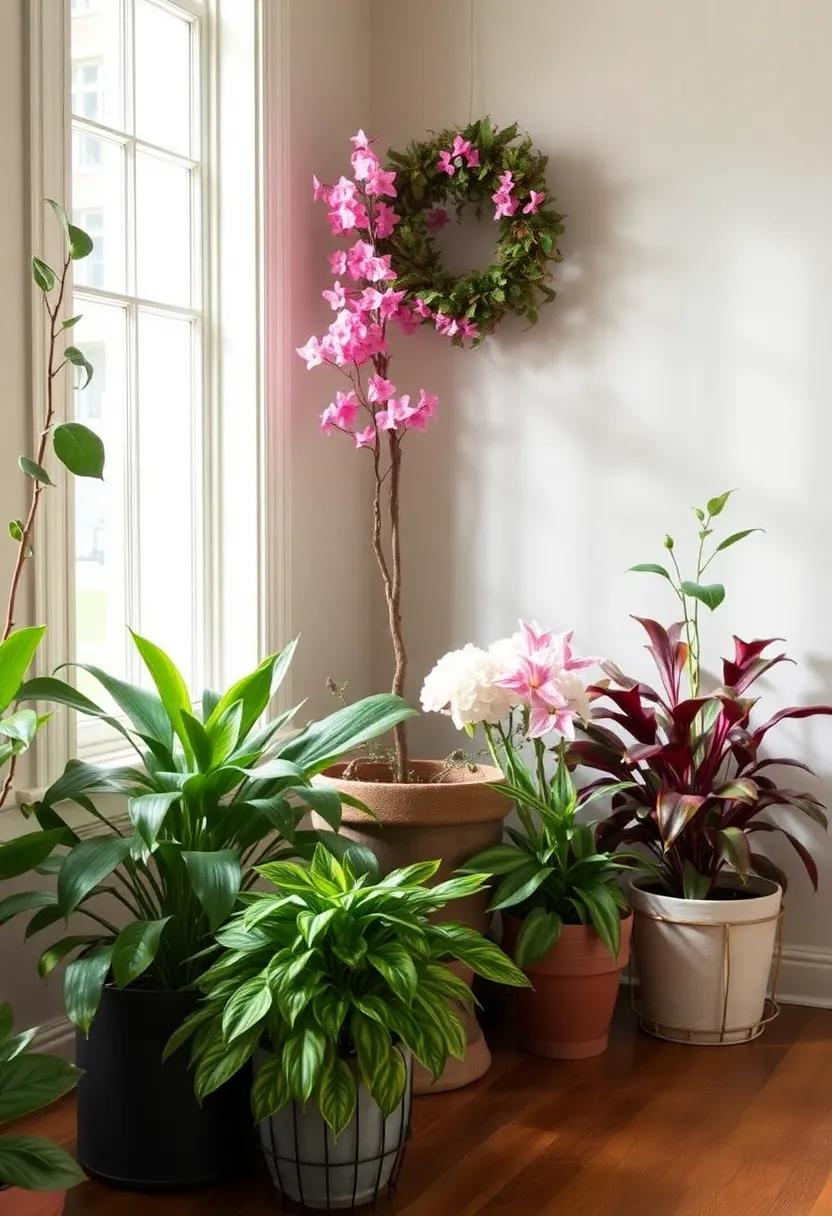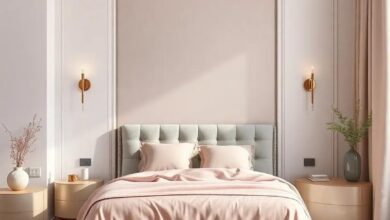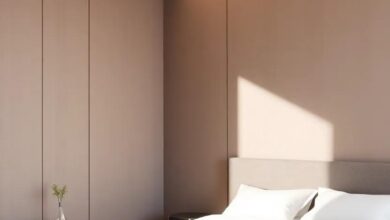25 Charming Ideas to Style Your Vintage Bedroom with Lush Green Plants
Transforming your vintage bedroom into a serene oasis doesn’t have to be a daunting task. With the right touches, you can infuse your space with the invigorating charm of lush green plants, harmonizing their natural beauty with the nostalgic allure of vintage decor. In this listicle, “,” we invite you to explore an array of creative approaches that seamlessly blend flora with your cherished vintage treasures. From selecting the perfect planters to arranging uplifting greenery in unexpected corners, each idea offers practical tips and inspiring visuals that will not only enhance the aesthetics of your bedroom but also promote a calming and refreshing ambiance. Get ready to breathe new life into your space as you uncover 25 enchanting ways to marry vintage style with vibrant greenery!
Embrace the Classics: Use antique plant stands to elevate your greenery, adding both character and height to your vintage bedroom
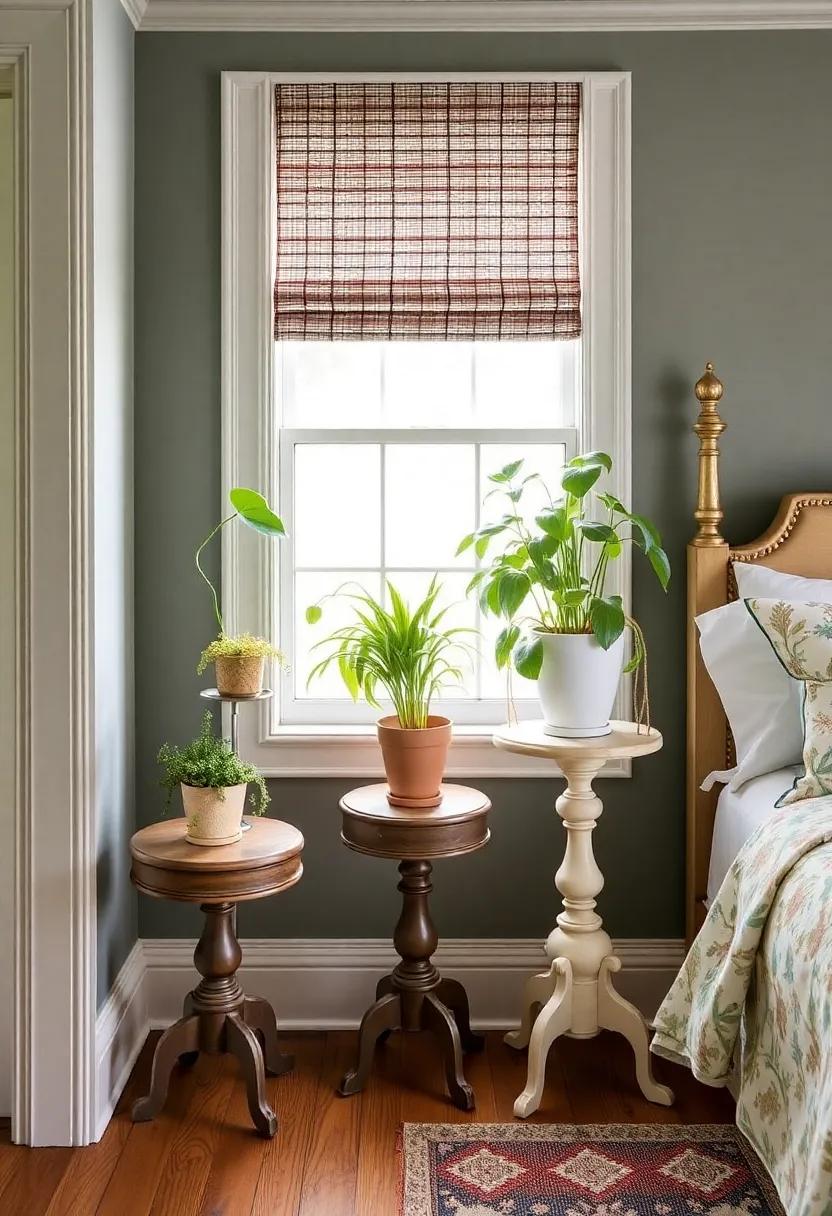
Incorporating antique plant stands into your vintage bedroom is a delightful way to merge style and sustainability. These charming pieces not only add height to your leafy friends but also infuse your space with history and character. Whether you choose an ornate wrought iron stand or a rustic wooden pedestal, these options serve as beautiful backdrops for plants of all shapes and sizes. Imagine a lush fern gracefully cascading down from an elegant, vintage stand or vibrant succulents perched atop a weathered wooden piece, each telling a story of its own while enhancing the overall aesthetic of your bedroom.
To maximize the visual appeal, consider grouping plants of varying heights and textures on your antique stands. Here are a few suggestions for plant pairings:
- Ferns with their delicate fronds combine beautifully with ceramic pots on tall stands.
- Succulents in unique, colorful pots add a modern twist on a classic stand.
- Trailing plants like pothos create an enchanting draping affect when positioned on higher surfaces.
For a harmonious look, match the textures of your plant pots to the vintage aesthetic of your bedroom. Here’s a quick guide to pairing plants with complementary stand styles:
| Stand Style | Ideal Plant Type |
|---|---|
| Wrought Iron | Ferns, Ivy |
| Distressed Wood | Succulents, Cacti |
| Marble or Stone | Tropical Plants, Orchids |
Curate a Botanical Gallery: Create a charming wall display by hanging framed botanical prints alongside your plants to celebrate nature indoors
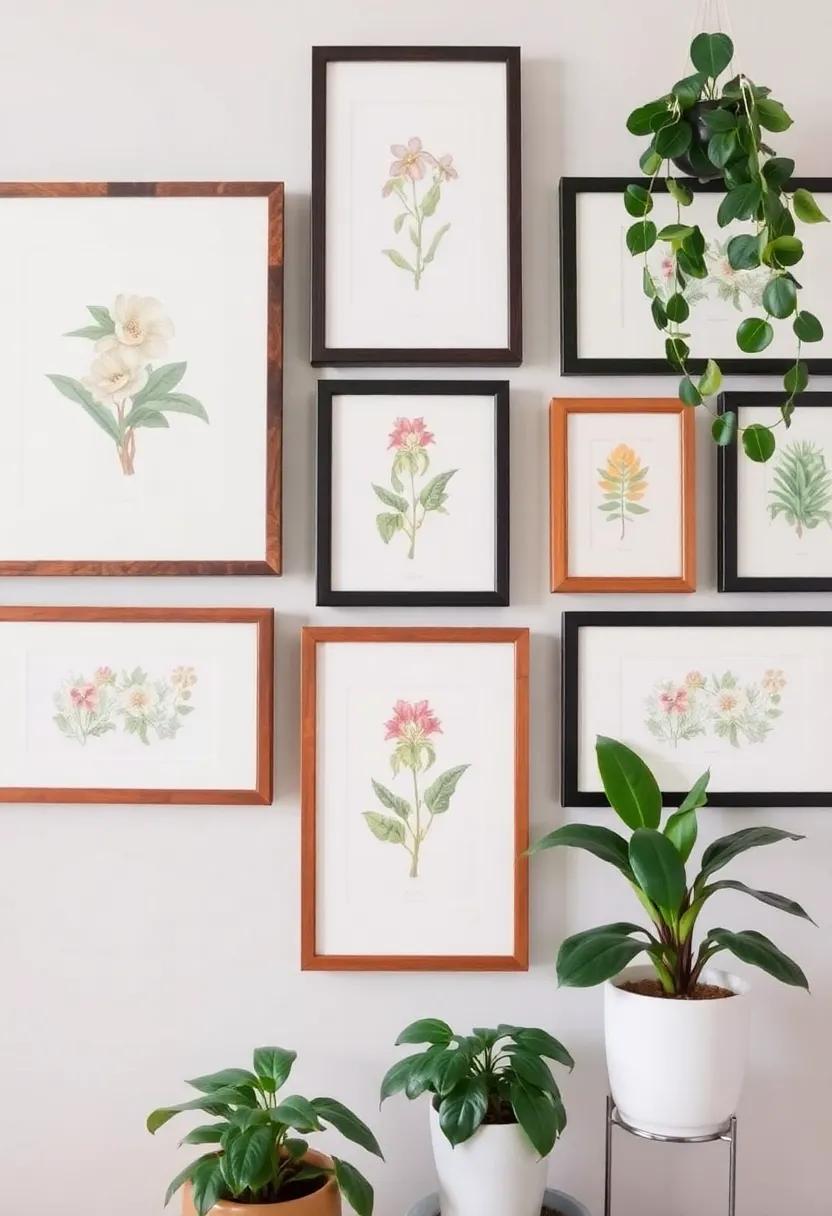
Transform your bedroom into a serene retreat by curating a delightful gallery that harmonizes art and nature.Begin by choosing framed botanical prints that resonate with your personal style—think vintage illustrations, watercolor depictions, or even modern graphic designs. To create visual interest, arrange the prints in an organic layout, mixing different frame styles and sizes. Incorporate hanging plants or small planters with greenery that peeks out from the edges of your frames, adding layers to your display while celebrating the beauty of live plants.
Consider using a mix of natural elements and textures to enhance the gallery feel. For instance,frame botanical prints with a distressed wood for a rustic touch,or opt for sleek metallic frames for a more modern approach. Create a stunning focal point by placing a larger print at the center and flanking it with smaller pieces on either side. Hanging a few trailing plants, like String of Hearts or English Ivy, can infuse life into your display, drawing the eye upward and promoting a lush atmosphere. Add a touch of creativity with dried flowers or delicate twigs arranged in shadow boxes, bringing an organic and artistic flair to your unique botanical gallery.
Repurpose Vintage Containers: Transform old teacups, tins, or even sewing boxes into unique planters that reflect your personal style
Transforming vintage items into one-of-a-kind planters is a delightful way to infuse charm into your bedroom while showcasing your creativity. Teacups, with their delicate designs, can make enchanting homes for small succulents or herbs. You can elevate their appeal by simply placing a teaspoon of soil inside and tucking in your chosen plant.Decorative tins, such as those once used for cookies or tea, offer a rustic touch; ensure you poke holes in the bottom for drainage, then fill them with vibrant flowers or trailing vines to create an eye-catching display. Old sewing boxes,with their compartments,provide a quirky option for housing multiple small plants,allowing you to curate a miniature garden scene that reflects your personal style.
When repurposing these containers, consider painting or lining them to match your décor. Herbs like basil and mint can thrive in a repurposed teacup, while flowering plants, such as violets or daisies, can enliven a vintage tin, creating a cheerful atmosphere. If using a sewing box, you might opt for a collection of cacti, which require minimal maintenance and add a pop of green. The charm lies in mixing textures—pairing the roughness of a tin with the softness of blooms can create a captivating contrast. Here’s a simple guide to help you choose the right plants for your chosen containers:
| Container Type | best Plant Choices |
|---|---|
| Teacup | Succulents, Herbs |
| Decorative Tin | Trailing Vines, Flowers |
| Sewing Box | Cacti, Small Ferns |
Layer with textures: Combine various plant textures—like the soft leaves of ferns and the striking spikes of succulents—to create visual interest
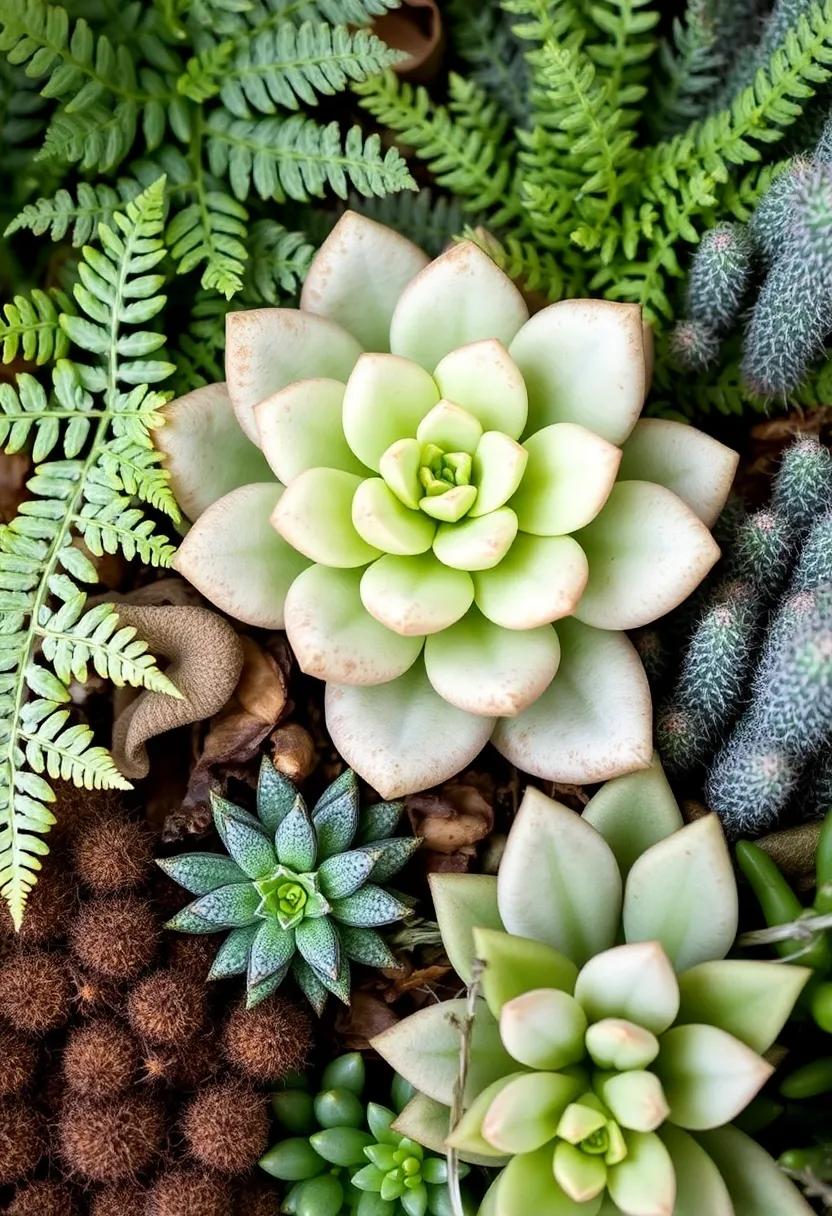
Transform your vintage bedroom into a dreamy oasis by mixing and matching a variety of plant textures. Start with the elegant, feathery leaves of ferns, known for their soft, cascading effect, which can beautifully soften the sharp angles of vintage furniture. Pair these with the strikingly bold spikes of succulents, like agave or aloe, that bring a modern twist to the serene vibe.Consider incorporating a few trailing plants,such as string of hearts or pothos,to add depth and movement,allowing the greenery to draw the eye around the room.
To create a stunning focal point,try clustering plants of differing heights and textures on a vintage bedside table or dresser. Utilize unique containers to enhance the aesthetic: old teacups can cradle small ferns, while textured pottery can house larger succulents.The combination will not only breathe life into your space but will also evoke a sense of harmony as the various textures interact. Remember to balance the visual weight by ensuring that both soft and spiky plants are evenly distributed throughout the room for an inviting and lively atmosphere.
Establish a Reading Nook: Add a small bookshelf filled with vintage novels and a few trailing plants to enhance the cozy atmosphere
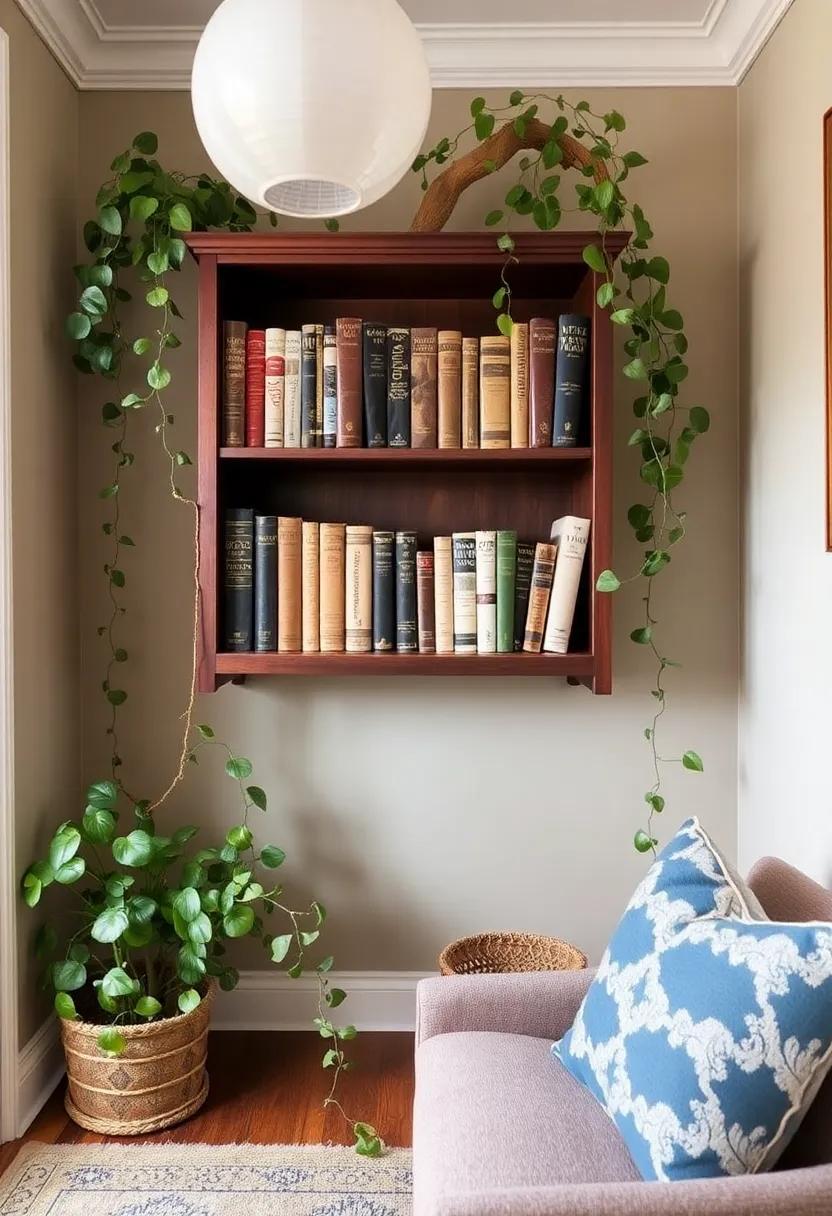
Transforming a corner of your bedroom into a cozy reading nook is a fantastic way to infuse warmth and personality into your vintage sanctuary. Choose a small bookshelf that resonates with your decor style—think weathered wood with a rustic charm or elegant wrought iron. fill it with a carefully curated selection of vintage novels that intrigue you. Titles that evoke nostalgia or have beautifully designed covers can act as conversation starters and visual delights. Pair your bookshelf with a few trailing plants, such as pothos or string of hearts, which will not only soften the edges of your space but also promote a sense of tranquility.Their lush foliage can cascade beautifully over the sides, creating a serene oasis where you can escape into the pages of a good story.
To create harmony in your reading nook,consider adding cozy accessories. A soft throw blanket in warm colors can invite you to snuggle up with a book, while a vintage armchair or a comfortable floor cushion offers inviting seating options. Lighting is key—choose a stylish lamp with a warm glow to highlight your reading corner as dusk falls. For the finishing touches, include a small side table to hold your favorite beverage or a few personal mementos. By combining these elements, you’ll establish a delightful hideaway that beckons you to unwind and immerse yourself in literary adventures, all while basking in the gentle presence of lush greenery.
Play with Vintage Fabrics: Decorate your plant pots with retro fabric scraps or lace for a quaint touch that complements your décor
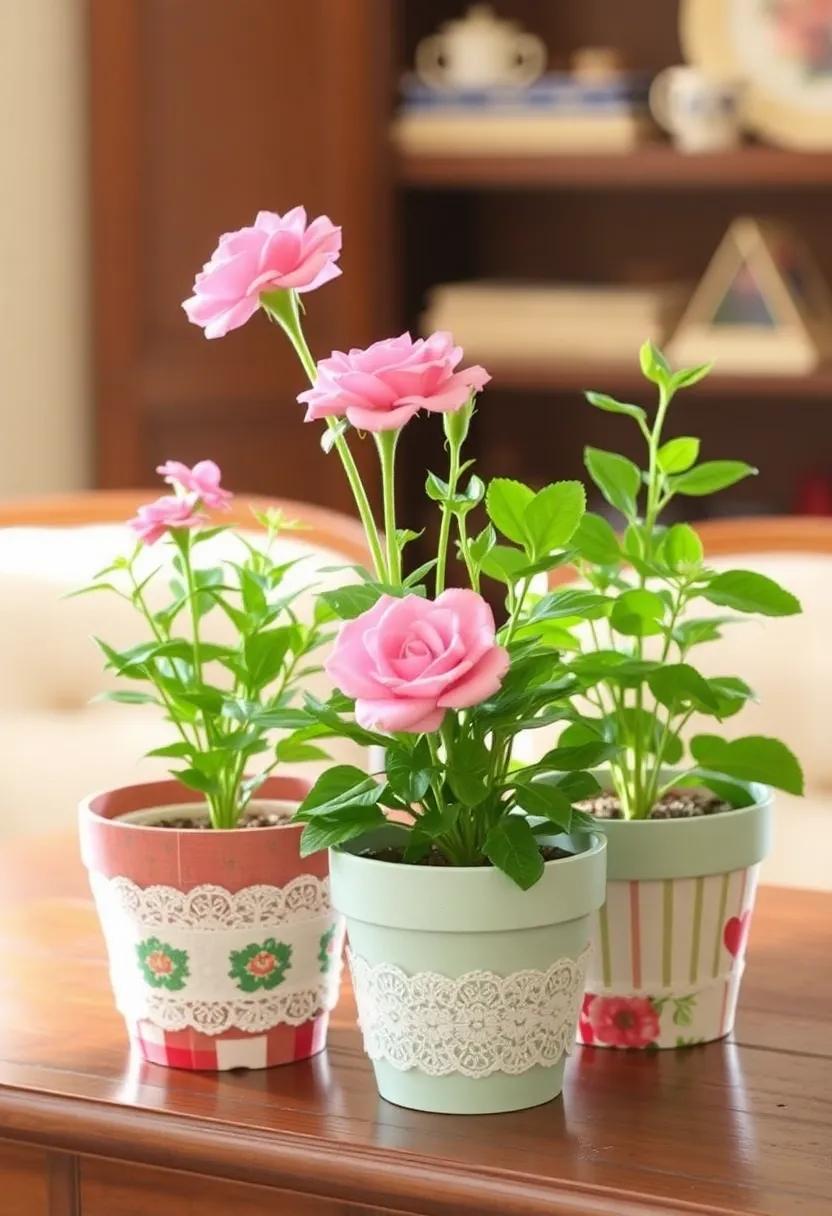
Add a touch of nostalgia to your greenery by wrapping your plant pots in vintage fabrics. Scour your local thrift shops or dig through your grandmother’s attic for those charming fabric scraps adorned with floral prints or geometric patterns that capture the essence of bygone eras. A simple do-it-yourself project can turn plain pots into stunning focal points in your vintage bedroom. Use a strong adhesive or fabric glue to attach the fabric around the pot, allowing it to cascade over the top for a soft, frayed edge.Finish with a delicate bow made from lace to give your creation an elegant touch that harmonizes with your plant’s natural beauty.
Not only do these fabric wraps add character, but they also offer a pop of color and texture that complements the lush greenery of your plants. Consider layering different fabrics to create a quilted effect or even decoupaging pieces of lace onto the pots for an airy vintage allure. For a quick reference on which fabrics work best, check out the table below:
| Fabric Type | Look & Feel |
|---|---|
| Floral Cotton | Radiant, cheerful, and welcoming |
| Denim | Durable and rustic |
| Lace | Delicate and romantic |
| Vintage Linen | Soft and timeless |
Integrate Floating shelves: Install floating shelves adorned with small plants at different heights for an elegant, space-saving display
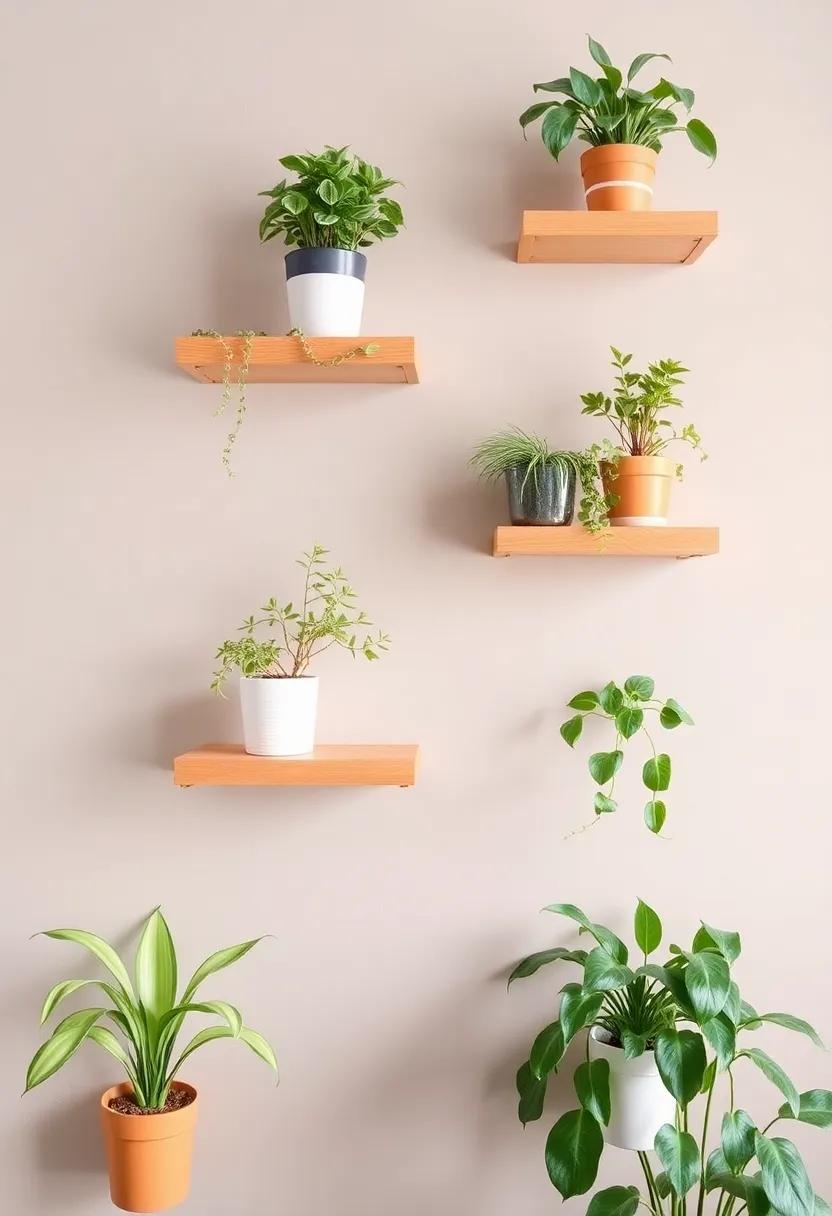
Elevate the charm of your vintage bedroom by integrating floating shelves in strategic locations to showcase tiny greenery. Choose shelves in weathered wood or distressed finishes to complement your room’s aesthetic. Position these shelves at varying heights on the walls to draw the eye upward,creating an illusion of more space.This multi-dimensional setup not only serves as a functional storage solution but also enhances the visual appeal with nature’s touch. Consider placing lightweight, small pots filled with trailing plants like string of pearls or compact succulents, which thrive in indirect light and add a whimsical element to your decor.
to maximize your display’s impact, arrange your plants in groups of three or five, varying the types and textures. Mixing in some decorative elements, such as vintage trinkets or small framed photographs, can add a personal touch while keeping the overall look sophisticated.For an even more curated feel, consider creating a simple table showcasing plant choices that work well for floating shelf displays:
| Plant Name | Light Requirement | Height |
|---|---|---|
| String of Pearls | Indirect light | Up to 12 inches |
| Mini Pothos | Low to Bright Light | Up to 15 inches |
| Fairy Cactus | Bright Light | 3-5 inches |
| Air Plant | Indirect Light | 2-6 inches |
Choose Statement Plants: Opt for larger plants like a Monstera or Fiddle Leaf Fig to serve as focal points in your vintage bedroom
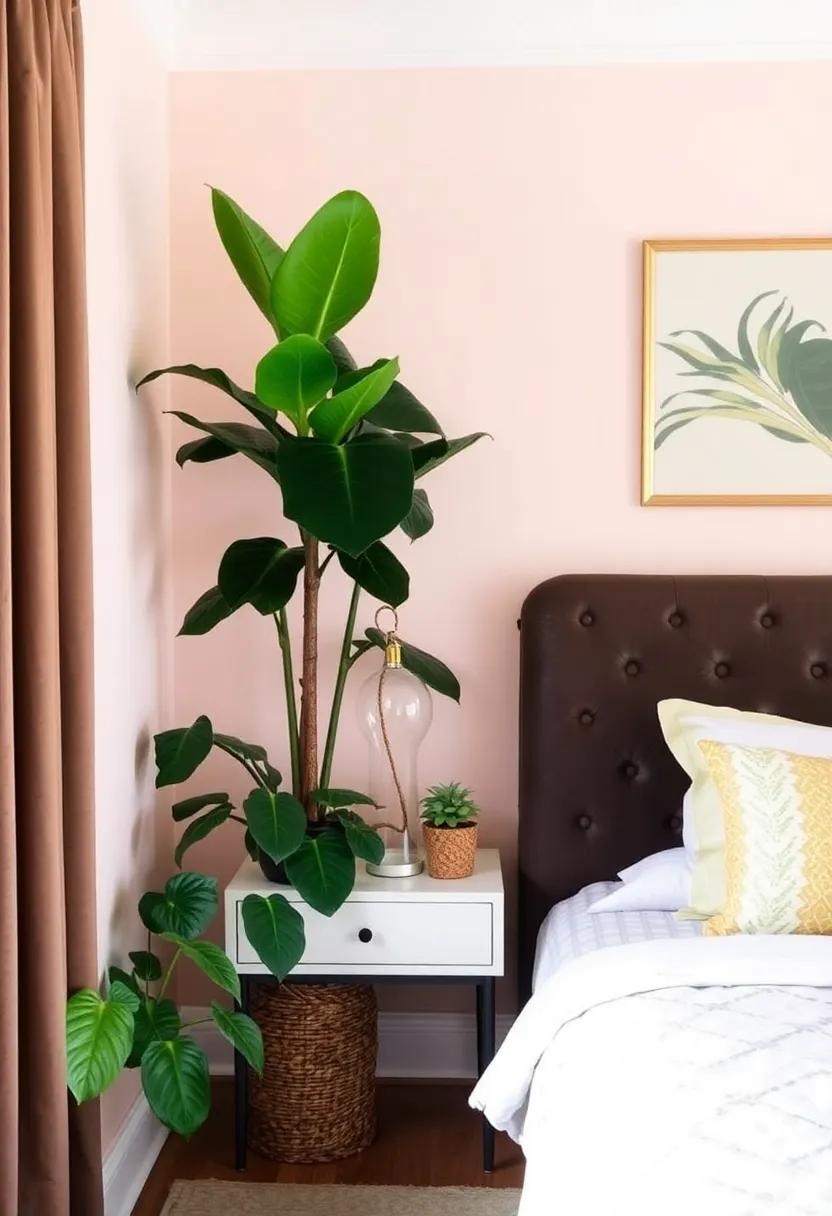
Integrating larger statement plants into your vintage bedroom can elevate the aesthetic by adding a sense of depth and character. Consider incorporating a Monstera Deliciosa, known for its bold, tropical leaves that can instantly become the centerpiece of your room.This plant thrives in various light conditions and requires minimal maintenance, making it an ideal choice for vintage settings where you want to mix styles seamlessly.Another excellent option is the Fiddle leaf Fig; its tall, sculptural form can frame your favorite architectural features or vintage furniture, adding height and elegance to your space.Pairing these plants with vintage-inspired planters or pots in terracotta or ceramic will enhance their visual appeal, allowing them to harmonize beautifully with your decor.
To maximize their impact, strategically position these plants in areas where they can catch the eye. As an example, place a Monstera near a window draped in soft, vintage textiles, allowing dappled light to highlight its lush greenery. Alternatively,a Fiddle Leaf Fig can create a stunning juxtaposition when set against a neutral wall or between antique pieces,effectively drawing the eye upward and enhancing the room’s airy feel. incorporate complementary decor elements, such as vintage books, textured fabrics, or soft lighting, to create a cohesive environment that showcases the grandeur of these green companions.
Add a Macramé Touch: Hang plants in macramé holders from the ceiling or walls for a bohemian twist that echoes vintage flair
